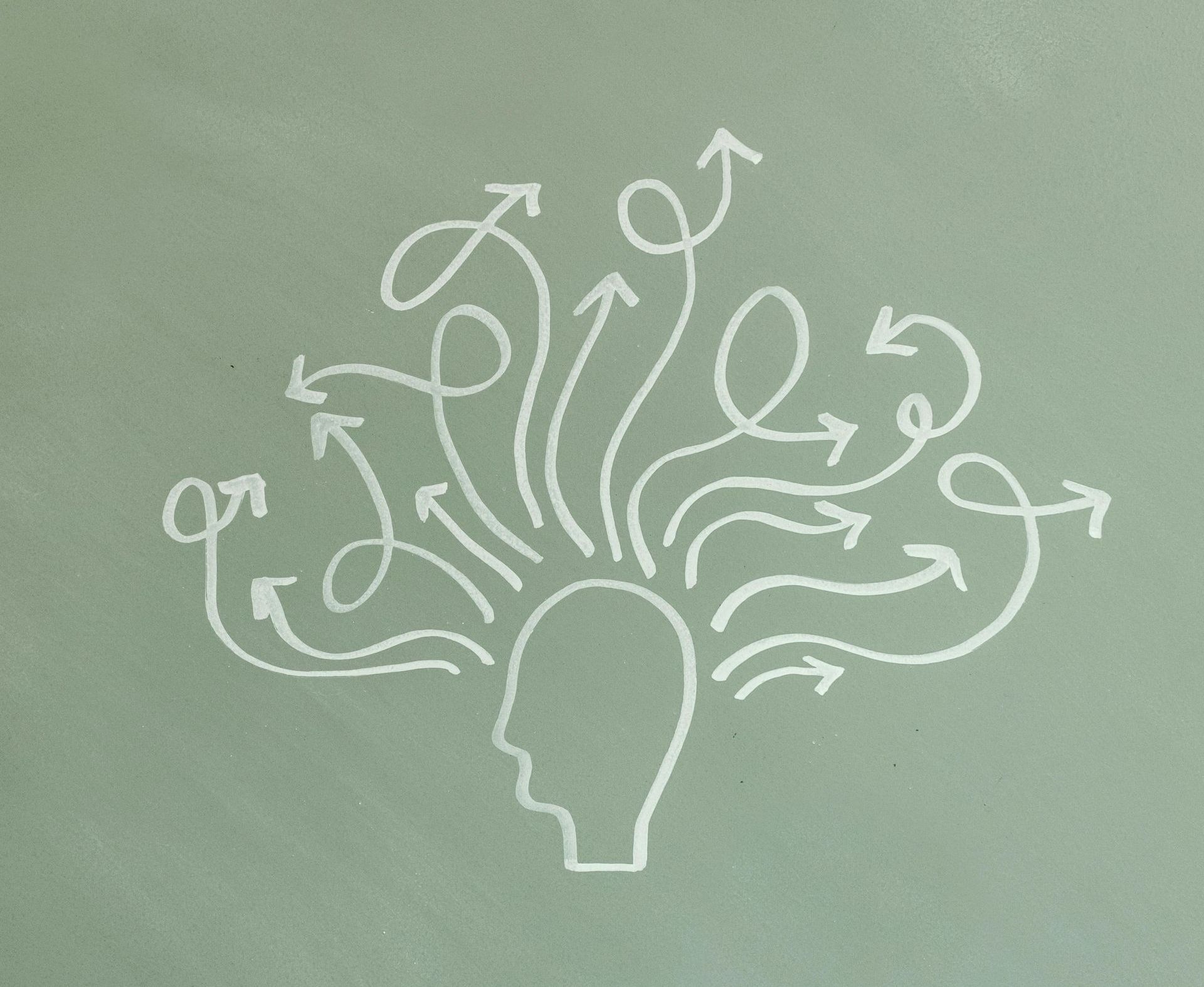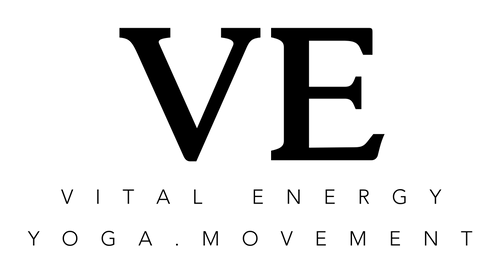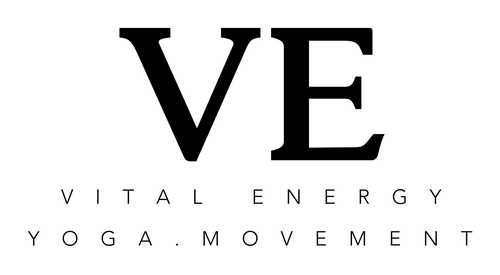You Don’t Have to Be “Zen” to Start Yoga or Yoga Teacher's Training:
A Guide for Overthinkers, Deep Feelers, and the Yoga-Curious

Dismantling the Myth of Readiness
The idea of joining a Yoga Teacher Training can feel intimidating. There’s a common misconception that you need to be calm, bendy, disciplined, or “spiritual” to even begin. Many arrive on the mat not feeling any of these things. The truth is, most people step into yoga training with busy lives, tight hamstrings, and even tighter thought patterns. That’s exactly why the training exists.
Yoga isn’t a final destination. It’s a method of inquiry. A way of seeing. A process of remembering.
Mental Spiral vs Stillness – Why Overthinking Isn’t a Flaw
Modern life often encourages us to move fast and decide quickly. But what happens when we can’t? When the mind spins out from too many choices or tries too hard to “get it right”?
Even moments of rest, like a weekend getaway or a quiet breakfast, can become paralysing when the mind floods with options. This isn’t just about stress or negativity. It’s about the noise of too much. Too many thoughts. Too many expectations. Too many tabs open in the brain.
At Vital Energy Yoga | Movement, we see this not as a flaw, but as a doorway. A signal that the system is calling for a different kind of intelligence — one rooted in awareness, not output.
Prince A and the Battlefield of the Mind
Overthinking isn’t new. The Bhagavad Gītā, one of yoga’s core philosophical texts, opens with a full-scale mental collapse.
Prince Arjuna (Prince A) is not just a warrior — he’s the original overthinker. Standing in the middle of a battlefield, he’s paralysed by conflict. His teachers, cousins, and elders are on the other side. The weight of decision-making shuts him down completely. Bow in hand, breath shallow, thoughts racing — he’s stuck.
This isn’t just a war story. It’s the ancient version of lying awake at night thinking, What am I doing with my life? What if I choose wrong? What if I can’t live with the outcome?

Understanding the Mind Map: Manas, Buddhi, Ātman
Yoga psychology offers a clear framework to understand this inner storm. In the BG, Krishna guides Prince A through three internal instruments:
- Manas – The Mind
The reactive centre. It collects impressions and reacts to sensory input. It’s where thoughts loop on repeat — “What if…?”. Manas is essential, but when it takes over, clarity slips. - Buddhi – The Intellect
The discernment faculty. It filters options and makes wise decisions. Buddhi is sharp, but only when quiet. When overloaded by manas, it short-circuits. We scroll, we panic, we second-guess. - Ātman – Pure Consciousness
The witness. Ātman doesn’t think — it knows. It’s the subtle, unshakable awareness beneath the mind’s chatter. When we remember this part of us, we don’t need to achieve clarity. We return to it.
When Thought Overwhelms Truth
Problems arise when manas overwhelms buddhi, and we lose access to ātmic clarity. We don’t just have thoughts — we believe them. We mistake mental noise for truth.
The breakfast dilemma. The job change. The relationship decision. The story is the same: one mind, too many options, no signal in the static. Without space to pause, thoughts dominate. Discernment disappears.
The BG shows what happens when this cycle is interrupted — not by more information, but by a return to inner presence.
The Practice – Why We Teach Yoga This Way
At Vital Energy Yoga | Movement, yoga isn’t presented as a performance. It’s a system of inner refinement. What matters is not just the flexibility of the body, but the flexibility of the mind.
We teach that yoga is intellectual neuroplasticity. Thought reshaping. A remapping of awareness. While asana remains important, it is only one part of the eight-limbed path. The goal was never to master the Scorpion Pose. The goal has always been clarity — a grounded, embodied clarity that cuts through noise.
The
VE YTT Teachers Training Academy, was created to honour this deeper purpose.
What Our YTT200 Offers – And Why It’s Different
This isn’t just a course to learn how to teach yoga. It’s a place to ask big questions. To understand how the mind works — and how to meet it with less force, more intelligence.
The YTT200 programme includes a full section on Yoga Humanities, where the Bhagavad Gītā is studied not as a historical artefact, but as a mirror for deeper reflection in both personal and professional context.
You learn the poses too of course. Asana is an important developmental path towards the cultivation of the stillness of the mind. And that is the point — it is a highway to, and not just a destination. Students don’t just learn poses and scripts. They learn perspective and context. They learn to think like teachers — not just perform like one. They develop the tools to become discerning and to make decisions with deeper values in mind.
In saying, our asana and practice module, or what is known as TTP (Training, Techniques and Practice) under the Yoga Alliance syllabus is grounded in evidence - based methodology. Science sits at the heart of how we teach movement, not as an end in itself, but as a means to support somatic wellness, nervous system regulation, and sustainable strength.
Your Mind Is Welcome Here
Whether your thoughts are running wild or you simply sense there’s more to yoga than what you’ve seen so far, this training is for you.
Our next YTT200 intake will be announced soon, along with a limited scholarship fund for those requiring financial support. An online format will also be launching, with progression pathways into YTT300 for those wishing to go deeper.
If you’re curious, committed, or somewhere in between — there’s a space waiting for you.
Join the mailing list or contact us directly to learn more.

email me directly at ewa@vitalenergyyoga.com




























